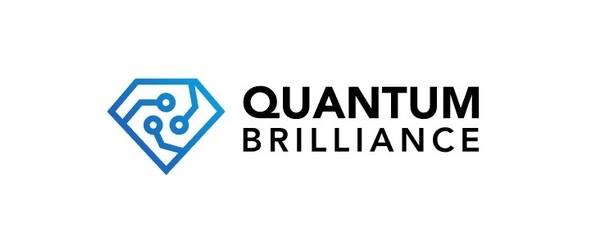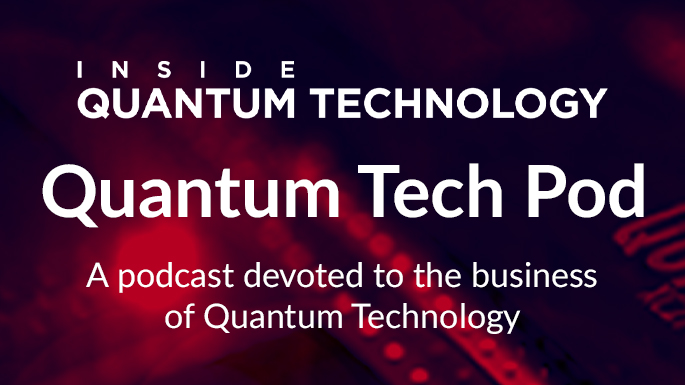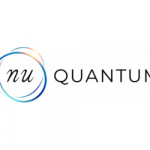Research efforts seek diamond-based quantum processors

(EETimes) Maurizio Di Paolo Emilio, PhD., editor-in-chief of Power Electronics News and EEWeb, and European Correspondent of EE Timesl discusses the joint research project that includes Quantum Brillance, Fraunhofer Institute for Applied Solid State Physics IAF and the University of Ulm aims to develop new techniques for fabrication and control of diamond-based quantum microprocessors. Inside Quantum Technology News summarizes:
Fraunhofer IAF and Quantum Brilliance, the Australian-German quantum computing hardware company, are jointly developing precision manufacturing techniques to fabricate scalable diamond qubit arrays. In addition, Fraunhofer IAF will develop growth processes for diamond substrates. The Quantum Brilliance team has exclusive use of Fraunhofer IAF’s facility in Freiburg, Germany. Researchers at the University of Ulm’s Institute for Quantum Optics are developing scalable readout and control techniques for diamond-based qubits.
See IQT-News: Quantum Brilliance to lead $22.5M ‘Deutsche Brilliance’ research project
Development of quantum technologies would benefit from miniaturization. Quantum Brillance leverages synthetic diamonds that can be miniaturized to operate in real-world environments. The goal of the €19.9 million ($22.5 million) “Deutsche Brilliance” collaboration is solving key challenges affecting diamond-based quantum computers. Efforts include developing new methods for selective initialization, reading and manipulation of qubits in quantum computers with multiple processor nodes.
Quantum Brilliance’s technology is based on synthetic diamonds that could eventually serve as the brains of future computers. Diamond-based quantum accelerators can run at room temperature, requiring only tens of qubits. “Diamond quantum microprocessors are the qubits,” general manager EMEA for Quantum Brilliance, Mattingley-Scott said, “analogous to the Intel 4004–the very first general-purpose microprocessor [based on] diamond. The Intel 4004 was a simple general-purpose computer with a four-bit microprocessor that contained 2,300 transistors developed to run a portable calculator.
Mattingley-Scott noted that quantum computing developers face challenges creating usable qubits. “Tech giants are saying they’ve reached 100 or so qubits, but there isn’t anything you can do with them now and you have to apply all this complex, expensive equipment and special conditions to make them happen,” he asserted. “There’s also the issue of crosstalk created by magnetic spin, which is one of the elephants in the room in quantum computing.
See IQT-News: Quantum diamond deficits and assets
“We expect we’ll be able to achieve high-performance levels with diamond-based technology with significantly less qubits needed to achieve the same performance [delivered by] other quantum technologies.” The startup also claims it will be able to outperform GPUs, for example, of similar size, weight and power using just a few qubits.
Quantum Brilliance’s processors are expected to be the size of a graphics card, reaching 50 qubits by 2025, Mattingley-Scott said. It also aims to create a single-chip quantum accelerator. “Then you will be able to install thousands of them in your computing center and have lots of [nodes] of quantum coherence for massive parallelization of quantum computations.” The startup is also investigating algorithms best suited for greater parallelism.



















